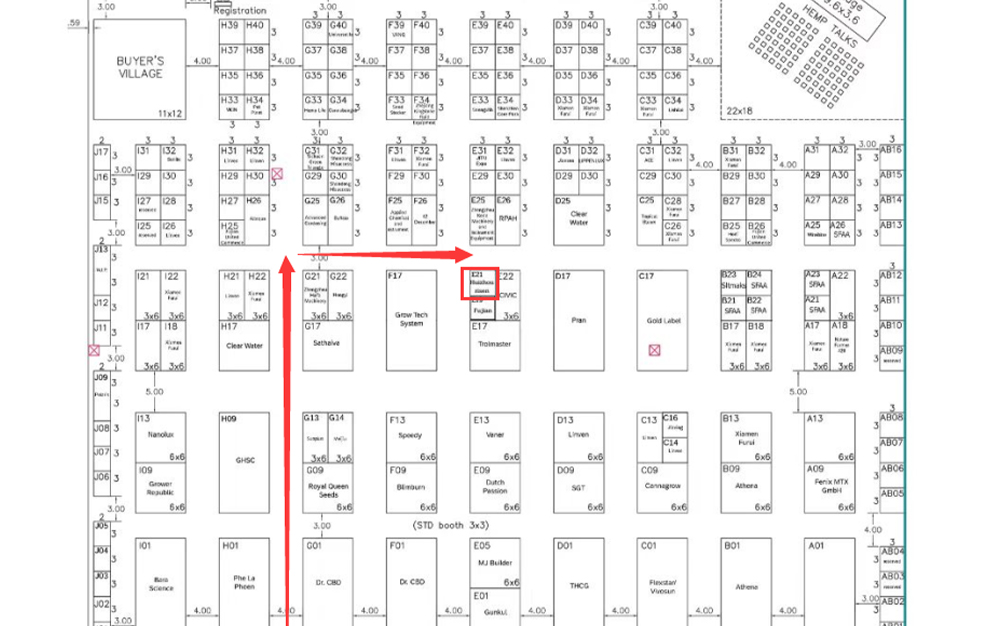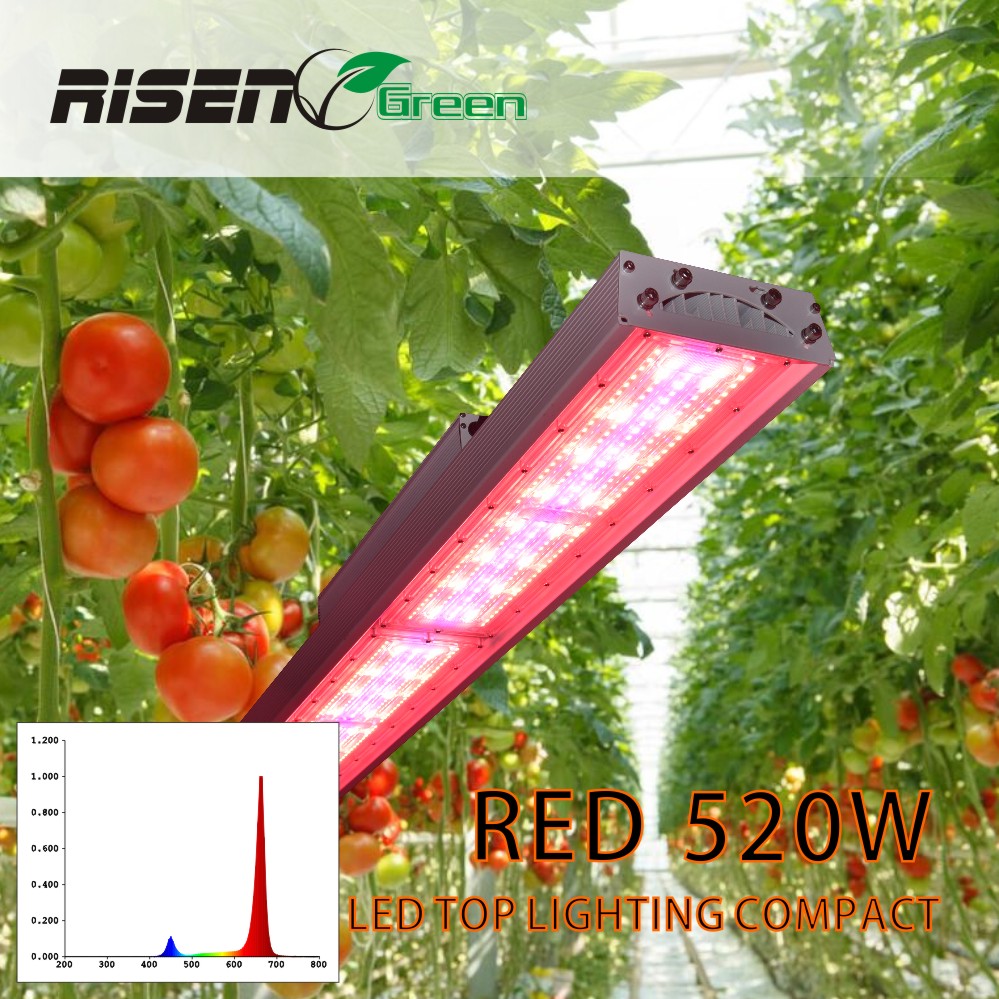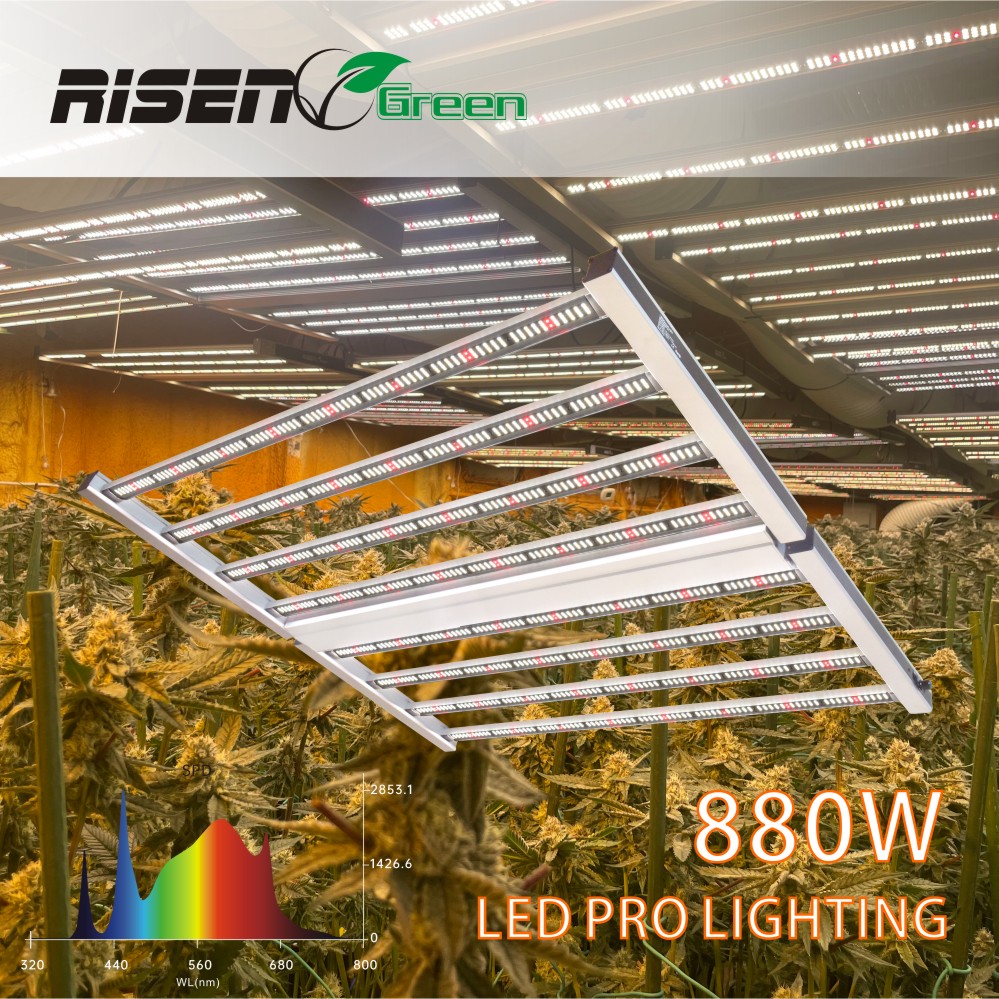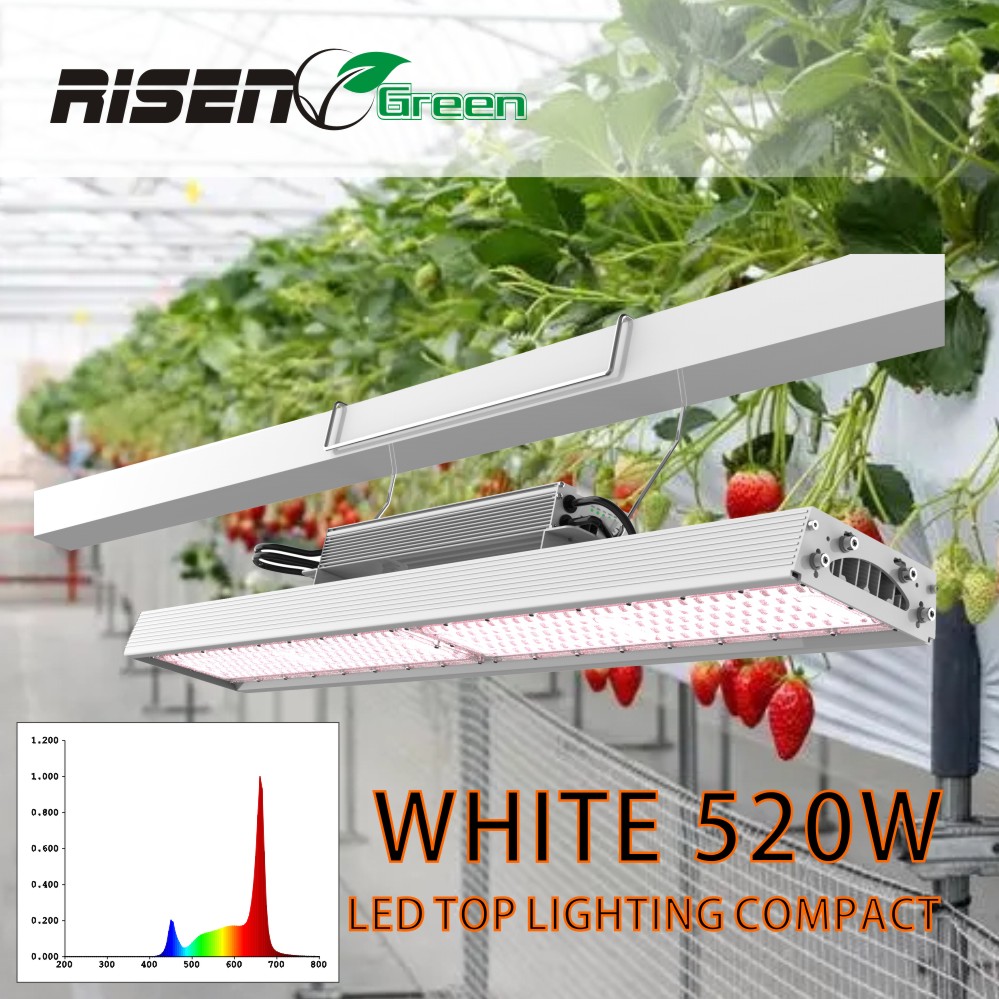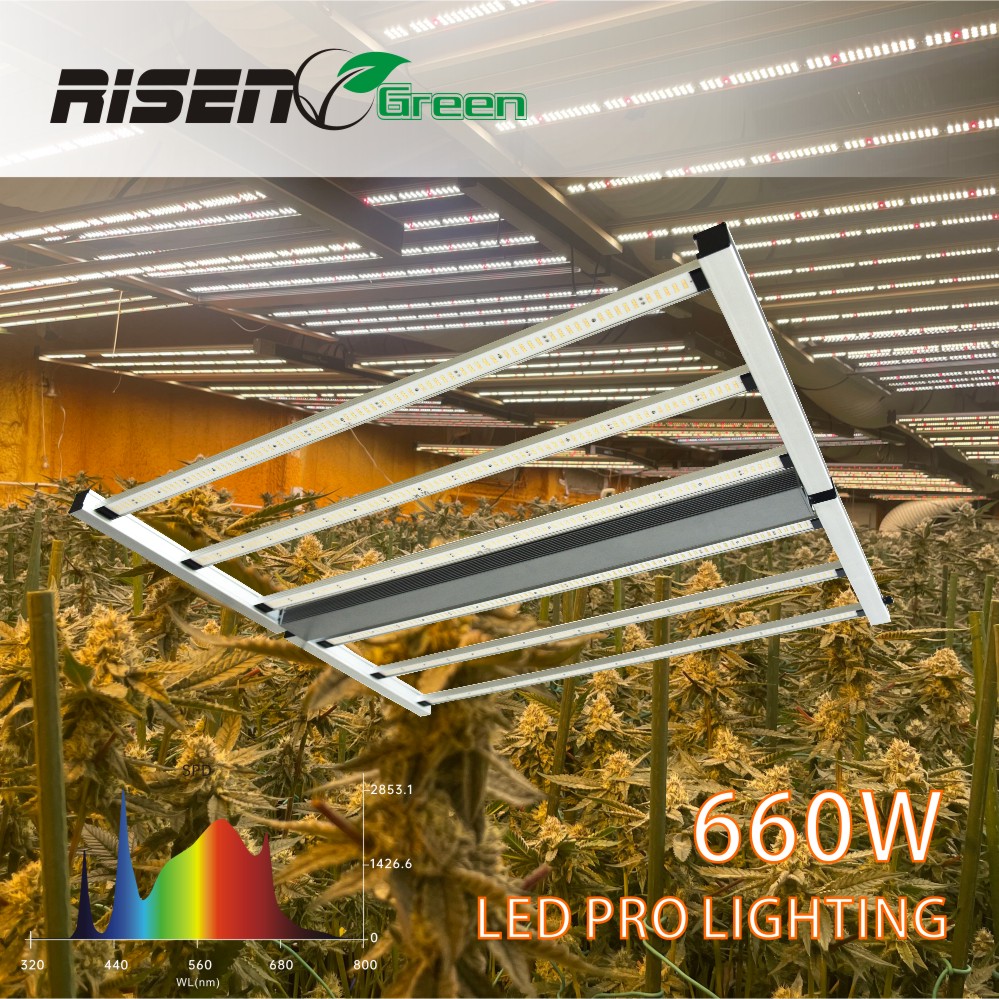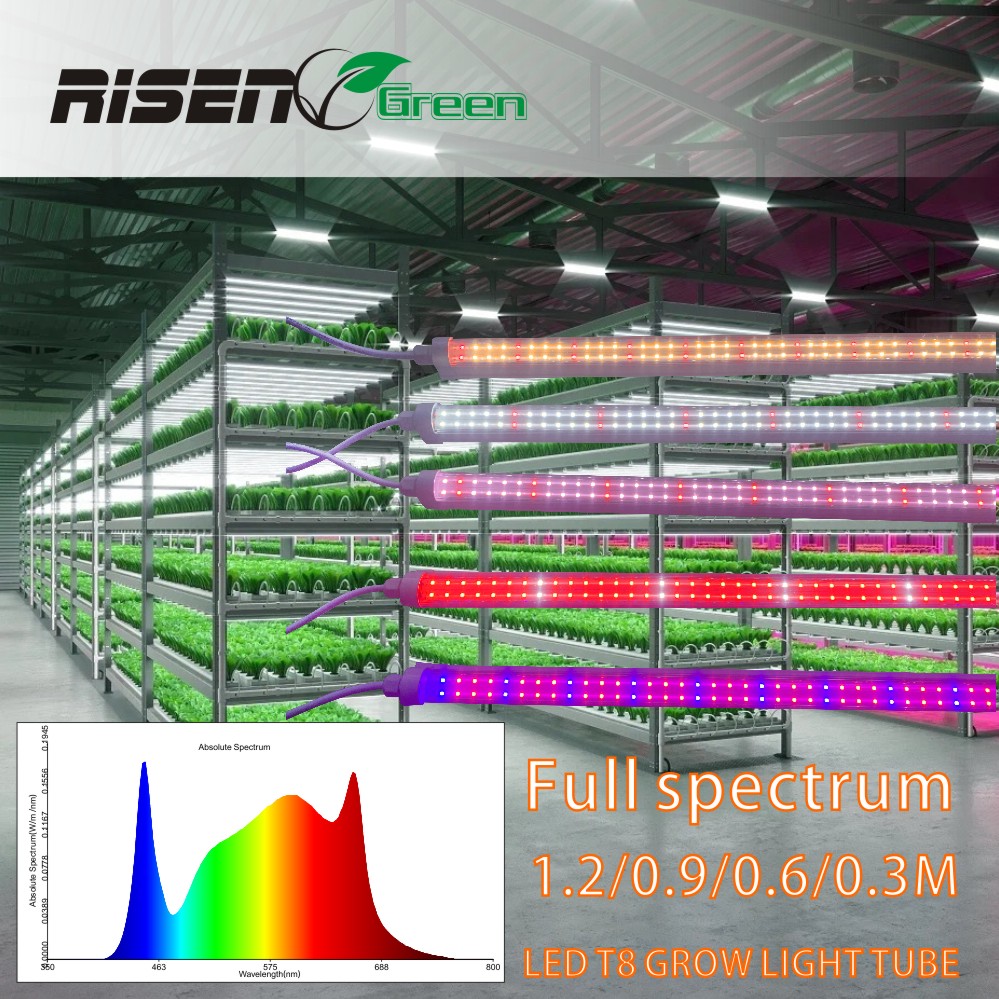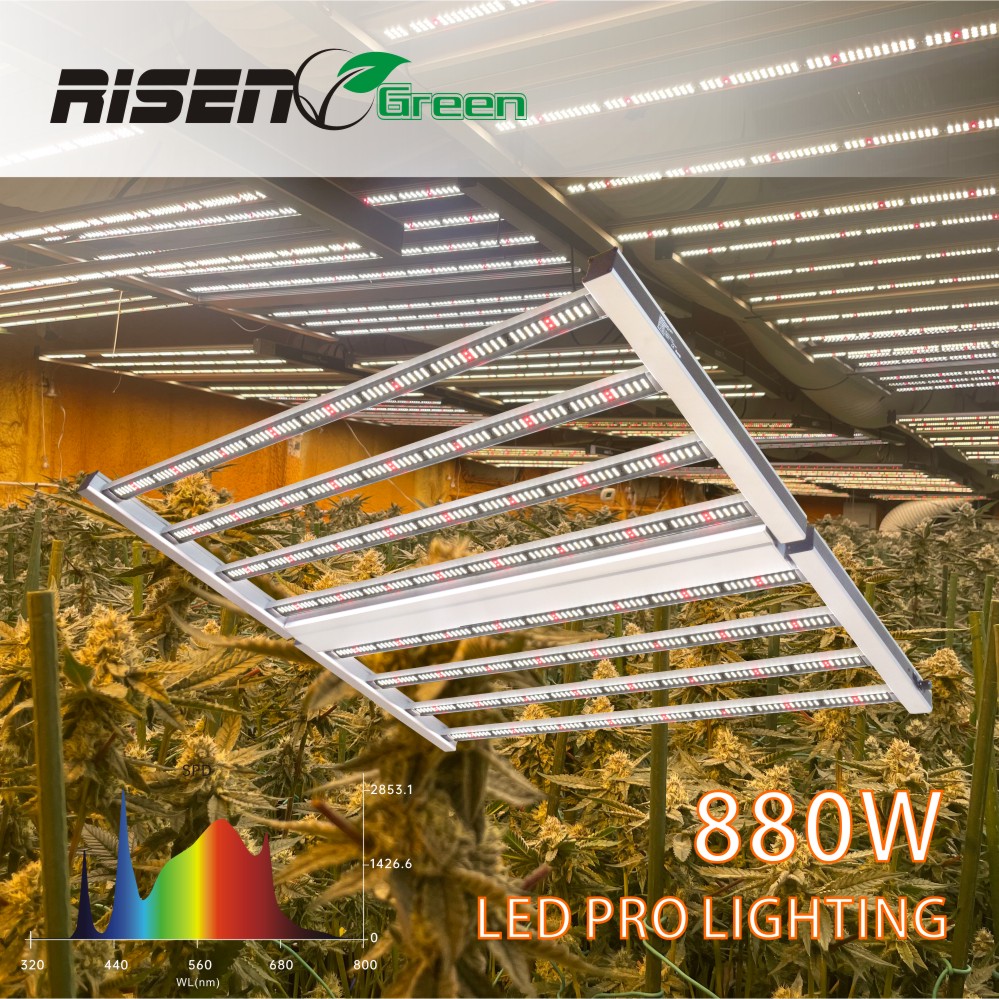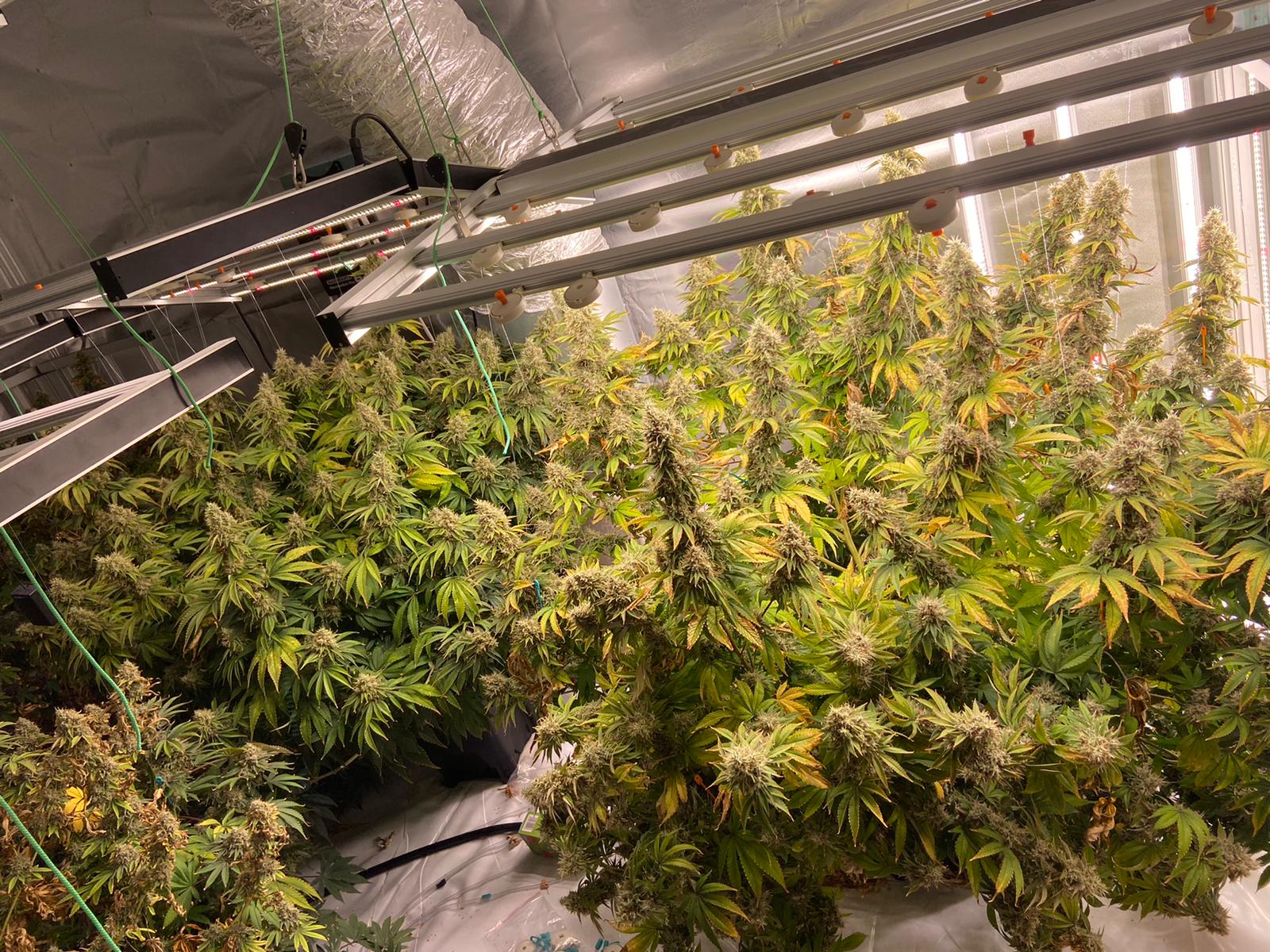3 Macro-trends making LED solutions the horticulture standard
Visual LED Penetration
Why the paradigm shift? For the simple reason that LED lighting has a meaningful impact on three important global trends.
A growing world population
The world population is growing fast. Demographers foresee a planet that by 2050 will hold 10 billion people, more and more of them living in cities. As that demographic trend continues, food security will become an increasingly important challenge for national governments. That’s especially the case given the supply chain vulnerabilities that the COVID-19 pandemic exposed.
One way for leaders to secure their food sources is by promoting domestic agriculture. Russia, the US, China, Singapore, and Turkey have all started investing in self-sufficient year-round food production bases. High-tech greenhouses—inevitably equipped with state-of-the-art tech, including LED—are a prerequisite to achieve year-round food supply.
And so will high-tech LED-enabled vertical farms. They will do so especially in the world’s ever more crowded and ever more hungry cities, helping to reduce the number of miles that food and flowers travel from grow point to table. And they will emerge in areas where food or floriculture production in greenhouses isn’t an option due to climatic reasons.
Climate change and sustainability
Then there’s geopolitics and the need to go green and sustainable. The Paris Agreement commits nations to cutting carbon emissions. That task becomes easier when they have adopted sustainable LED technology. Government LED subsidies will compel growers to make LED the new horticultural industry standard, and LED’s intrinsic efficiency and other advantages over high-pressure sodium (HPS) will help achieve that goal.
Apart from that, sustainable practices are increasingly an imperative in our economy—and that’s not only because they make for good optics and good ethics. It’s also because they’re good for business. Growers looking to go green are finding that adopting LED tech will boost their production levels or product quality even as it cuts their energy consumption and CO2 emissions.
As dimmable and dynamic grow lights and knowledge about how to improve production develop, LED’s ecological footprint will decrease even further. Such equipment will allow a grower to adjust lighting amounts and spectra in accordance with the needs of particular plants and from moment to moment, taking into account a crop’s developmental status, the amount of natural light that penetrates the facility, and so on.
The progressively more sustainable way greenhouses will be powered will also make LED increasingly relevant. The renewable energy sources, like wind and solar, that will assume a greater proportion of the energy mix generate direct current. That’s a much better fit for LED than it is for the HPS lighting that still dominates in horticulture.
Consumer/retail demand
While sustainable practices are more crucial than ever, global food consumption is not going to fall, but the need for healthy high-quality produce is going to increase. And if we want to reconcile consumer needs with our goal of protecting the environment, we have to be smart. One way to achieve this is by making LED the standard.
Ensuring quality produce, flowers & plants all year round, after all, requires stable light, which isn’t something nature provides. Growers have successfully experimented with supplemental HPS light—but more efficient, more flexible LED can make their processes more predictable and less resource-intensive.
It can also make produce, flowers & plants healthier for consumers. The right amounts of light, at the right spectra, delivered via dynamic light recipes, can increase a plant’s resilience, reducing or eliminating the need for chemicals. The right light can also ensure that plants contain nutrients that specific retailers or customer bases desire.
Towards the LED future
LED is rising to the top as a horticultural lighting solution on the energy of several macro-trends: a growing global population, sustainability, and burgeoning demand from ever more discerning consumers. As it continues to become the world standard, LED will enable much-needed innovation in the way we grow things—and Signify, with its evolving suite of lighting solutions, will remain the leader in the field.

